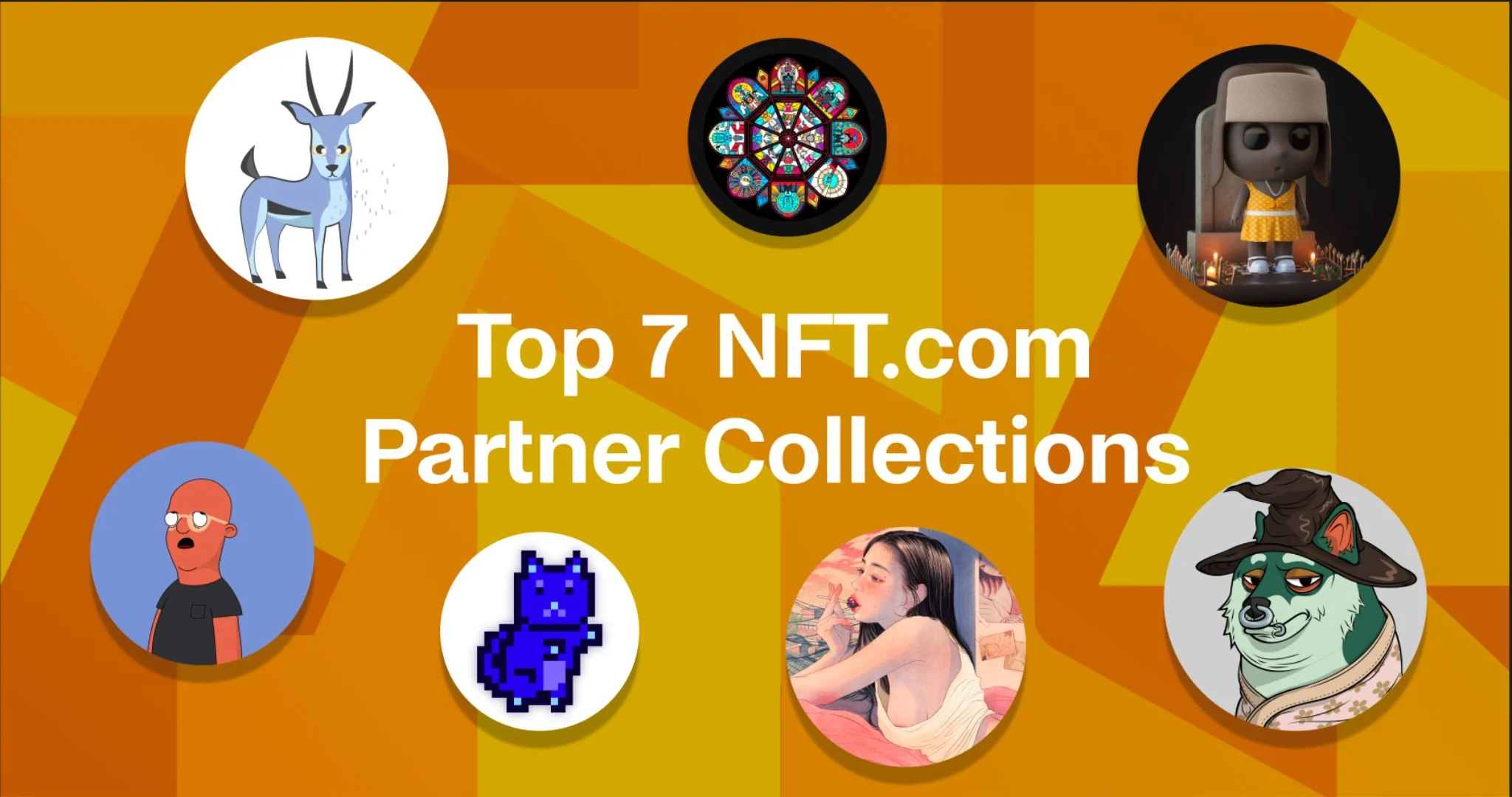Back to Blog
What Is the Metaverse? A New Guide for Your Web3 Future

Virginia Valenzuela
Mar 22nd, 2023
.5 min read

Since the computer first entered our homes and we logged on to the primitive internet of the 1990s en masse, we've inched closer to the creation and adoption of entirely digital worlds. Glitchy video games, pixel art made in Paint, friendships made in chat rooms, and communications maintained via email were only the beginning.
Today’s internet is exponentially more complex, with virtual highways connecting vast consumer marketplaces, art, memes, information, misinformation, and social networks accessed by millions. With the advent of Bitcoin in 2009, and all of the tools introduced by blockchain technology ever since, the internet is about to go turbo.
What is the metaverse?
The “metaverse” first appeared in Neal Stephenson’s “Snow Crash,” a science fiction novel that envisioned a rather dystopian technological future where the virtual and the physical are very much entwined. Today’s metaverse is still quite separate from our physical one, and its definition is still a work in progress, but — given the recent booms in both investments into metaverse initiatives and the metaverse real estate market — it's clear that interest in building out the future of our shared metaverse isn’t going anywhere but up.
For companies like Decentraland, Voxels, and the Sandbox, the metaverse functions much like a computer-based video game where you move your avatar through different environments and engage with other players in real-time. They differ from games in that, rather than trying to accomplish a specific goal, participants engage in the world as one would in real life: going to music festivals, walking through galleries, and even taking meetings for work. On the other hand, for companies like Meta, the metaverse emphasizes elements like virtual and augmented reality brought to life by a headset.
What makes the metaverse different from the internet?
As with the internet, the questions of who builds it and for what purposes are extremely important, especially given the negative effects of social media on people of all ages, not to mention the level of influence that companies’ algorithms can have on our behavior. But the metaverse, especially pockets of the metaverse under construction by Web3-native companies, has some rather exciting additions. Namely, the ability for creators and participants to tokenize, and therefore own pieces of this virtual world, and their ability to create and foster community across borders, creeds, and even language barriers.
While the VR elements of the metaverse on the way from companies like Meta and Apple are an exciting way to reach non-crypto natives, many builders in Web3 see NFTs, decentralized apps (dApps), and other decentralized technologies as the tools that will ultimately bring the metaverse to fruition. At present, we are seeing instances of digital fashion like those featured in Decentraland Wearables, with some items going beyond the use-case of fashion and adding in-world utility, including flying with a jetpack. Digital real estate is also a booming industry, with companies like Voxels and SuperWorld selling parcels of land in their metaverses. And all of these items are represented as NFTs, with their contracts and provenance stored on-chain.
However, the future of the metaverse and how it might incorporate more intricate NFTs like soulbound and utility tokens is still a bit enigmatic, especially considering the debates happening around whether or not the metaverse should be open — or in other words, interoperable between companies without collecting personal data from users. Also of primary concern is the need to consider whether the idea of a metaverse should be decentralized or monopolized by tech giants.
In early 2022, Meta was granted patents that allow them to collect biometric data via the Oculus headset, like eye movements and body poses. Many critics at the time worried that Meta would try to use this information to implement hyper-targeted advertising and sponsored content, rather than improve the quality of their digital avatars, as the company had previously stated. This exemplifies a huge divide between what Web3 companies and legacy tech giants are trying to accomplish with the metaverse: One wishes to empower the consumer, the others wish to inflate their bottom line.
Pros and cons of the metaverse
A fully immersive digital experience might sound daunting to some, and critics of social media have already warned that the metaverse could blur the lines between digital and physical reality even further than social media already has. The negative side effects of social media on people (especially children) are coming to a head, with rates of depression, anxiety, and self-harm at all-time highs. So it makes sense that some experts would worry that the metaverse might make things worse, despite the potential advantages.
While the negative effects of social media are clear and relatively agreed upon, the effects of spending time in the metaverse still remain to be seen. Some educators see the metaverse as a playground for exploring new and engaging learning opportunities, novel means for building social skills, and even utilizing new tools for coping with anxiety and depression.
But again, will trusting companies like Meta, who have actively contributed to the social-media-fueled mental health crisis, be the right move?
The future of the metaverse and you
Earlier this month, Meta announced that it plans to wind down its NFT offerings on both Instagram and Facebook in the coming weeks. This move not only implies that their big bet on Web3 (exemplified by its brand shift from “Facebook” to “Meta”) has been halted by unfavorable market conditions since 2022, but that other more established tech companies might also be removing the metaverse from their list of priorities.
That being said, Decentraland is still growing, with publications like the World Financial Review citing proven use cases, high market capitalization, high liquidity, and partnerships with so many other major companies listed as just a few reasons why the platform will thrive in 2023 and beyond. And if anything has proven true in the world of Web3, it’s that crypto natives will whole-heartedly support something well thought-out and reliable over something rushed to market by a legacy tech or fashion giant.
The world is changing faster than ever, but that doesn’t mean you’ll be left behind. The most important indicator of which metaverse will succeed is comprised of the people who use it. So try every metaverse out, see what you can accomplish in each, learn everything you can, and go forward and prosper.
Related Posts

Streaming in Web3: Where You Can Stream the Best NFT Music
The music industry is highly extractive, but it doesn’t have to be. Here ar...

Nick Fouriezos
Mar 17th, 2023

What Makes NFTs Valuable? From Community to Rarity, and More
Without value, NFTs wouldn't live for long. Here's why NFT value goes beyon...

Nick Fouriezos
Mar 13th, 2023

7 NFT Collections That Are Redefining Our Web3 Imagination
From Saint Robotica's robotsaints DOGE meme avatars, these NFT collections ...

Nick Fouriezos
Mar 21st, 2023